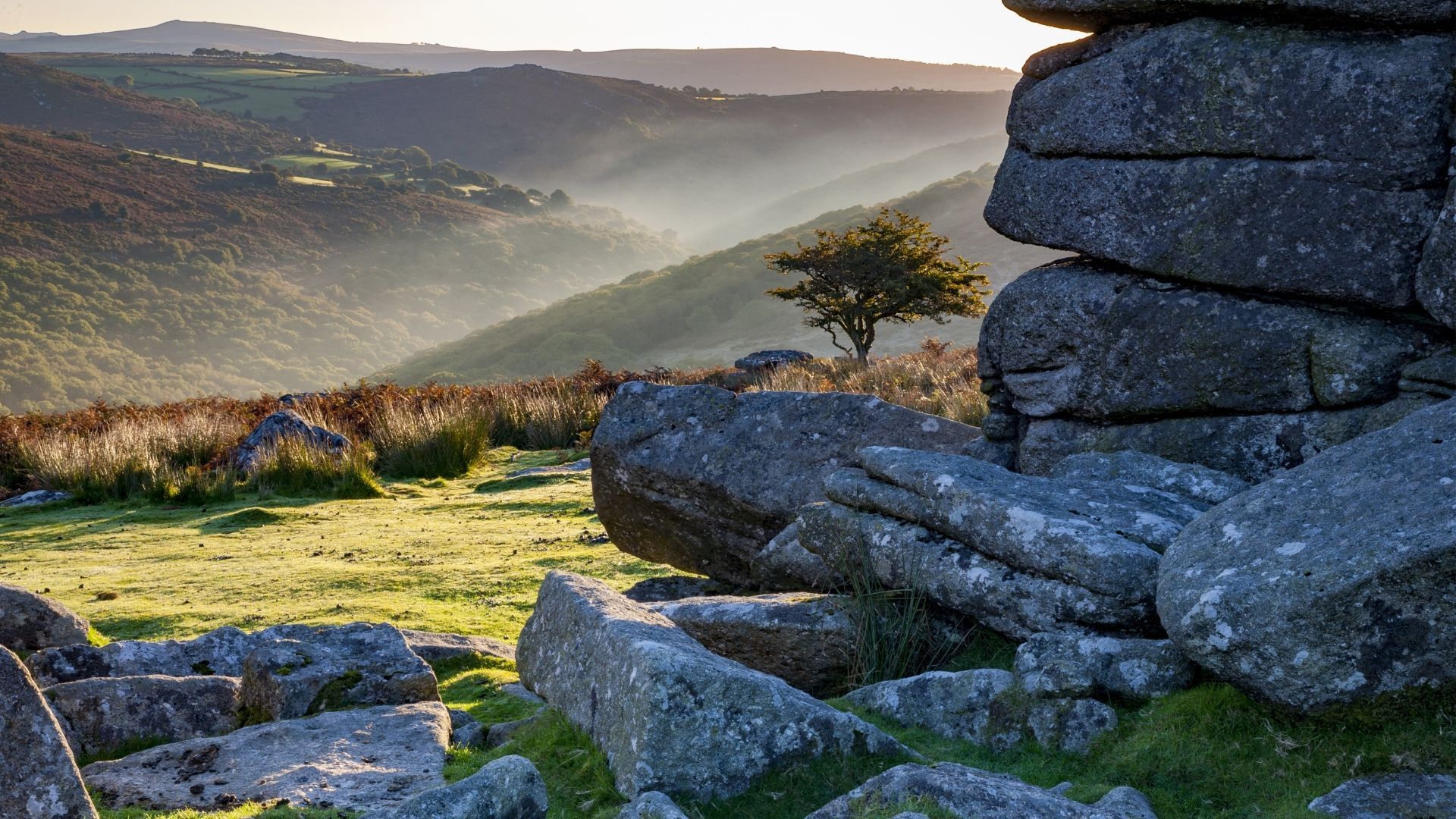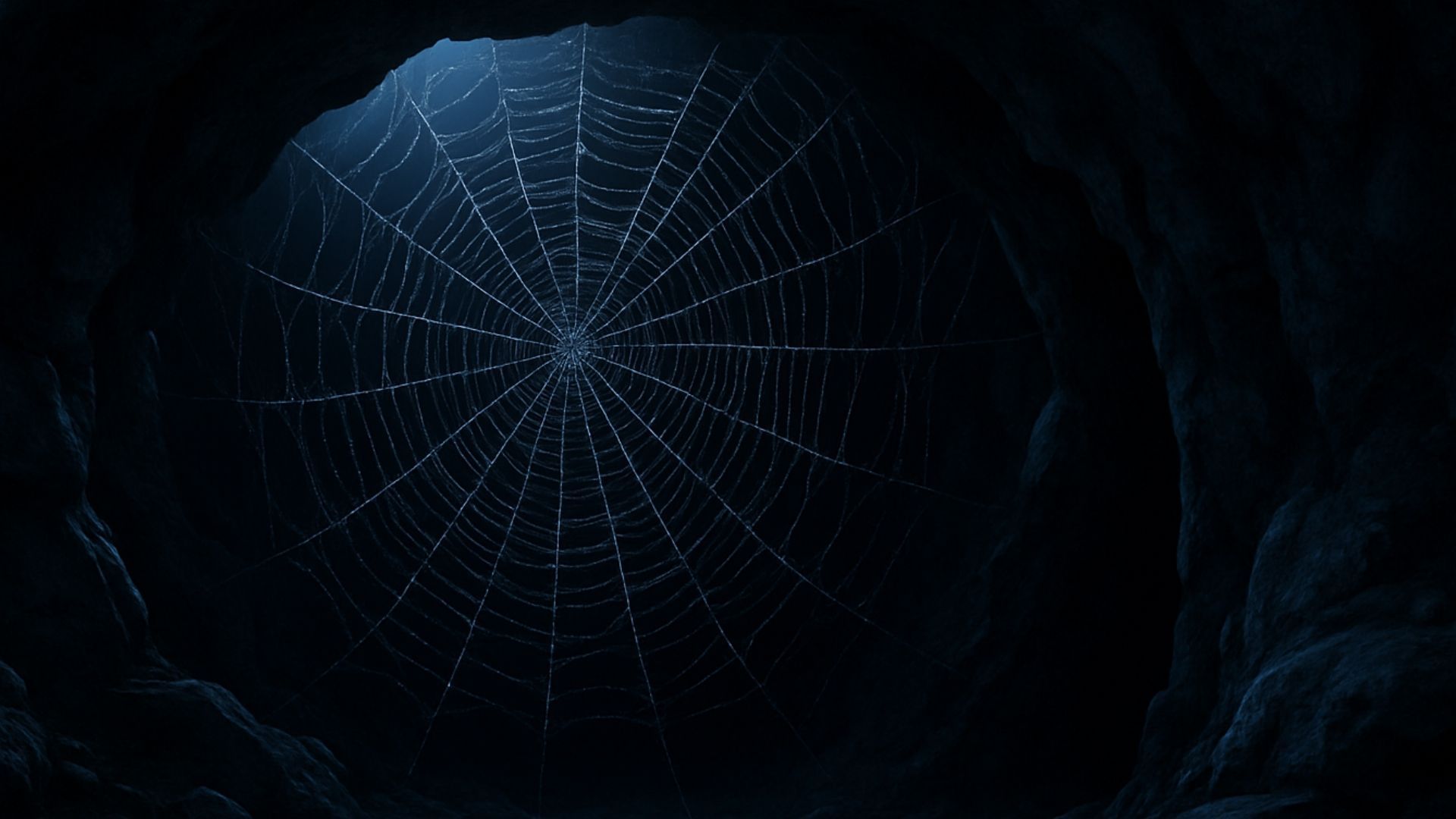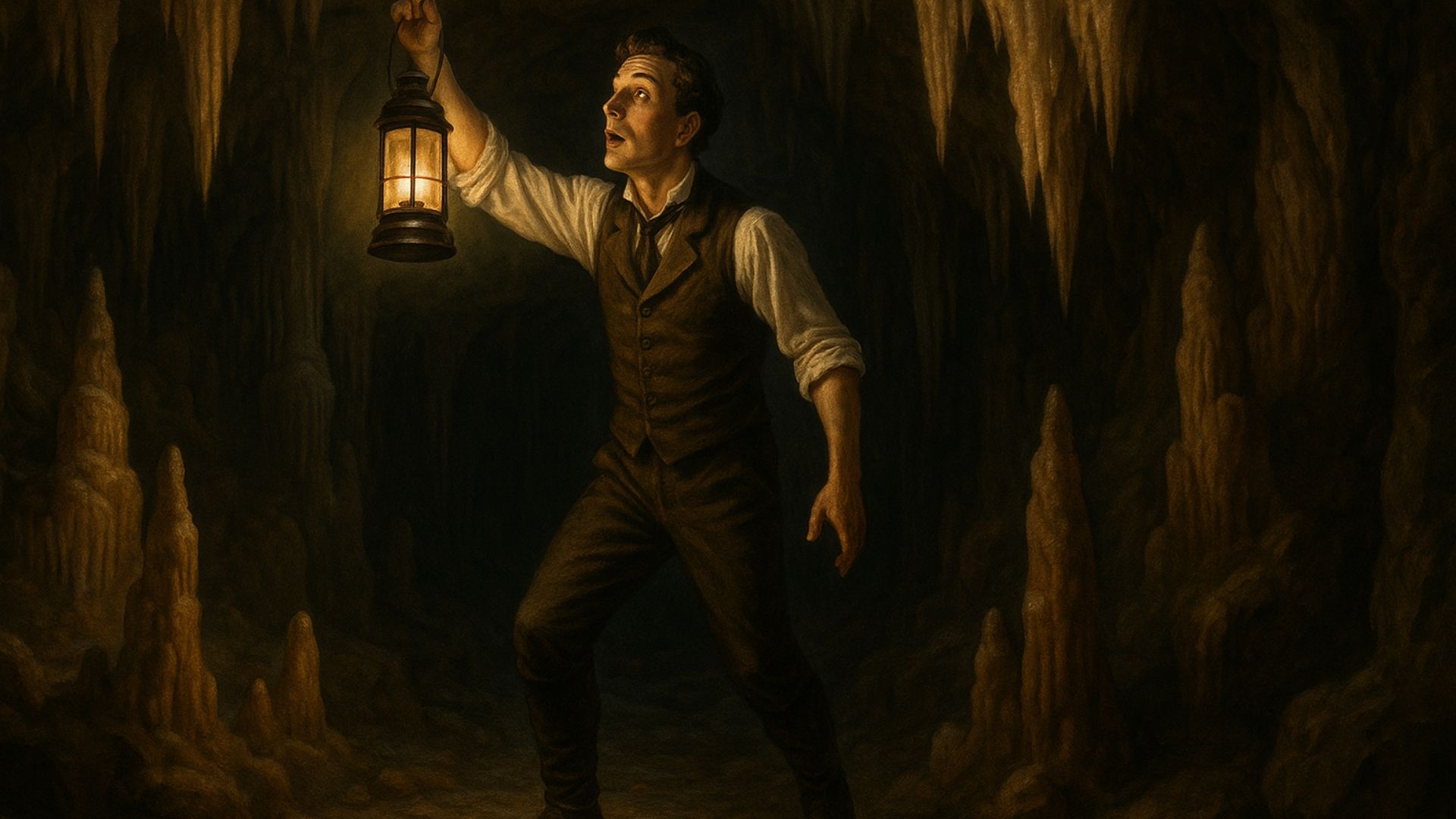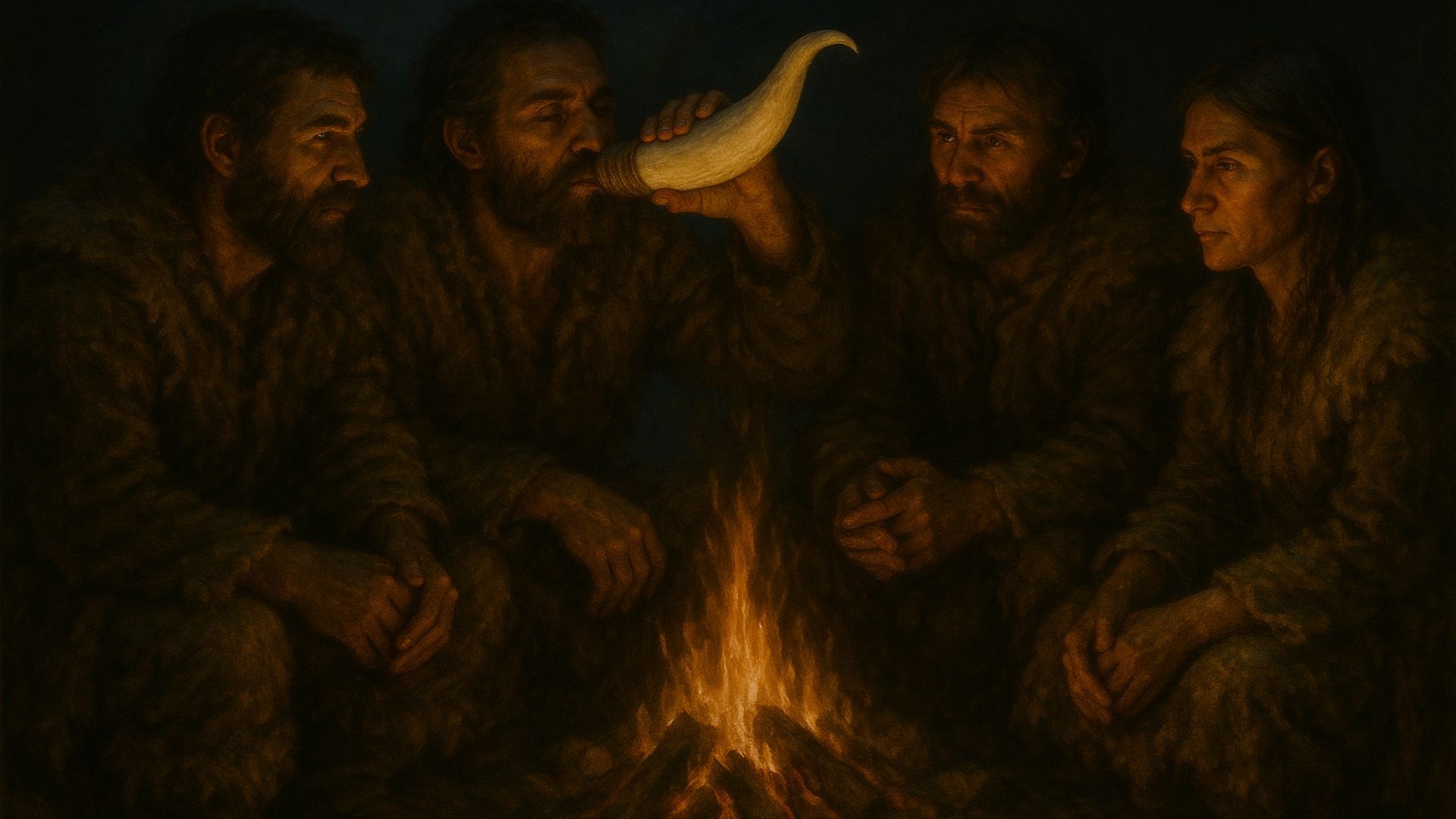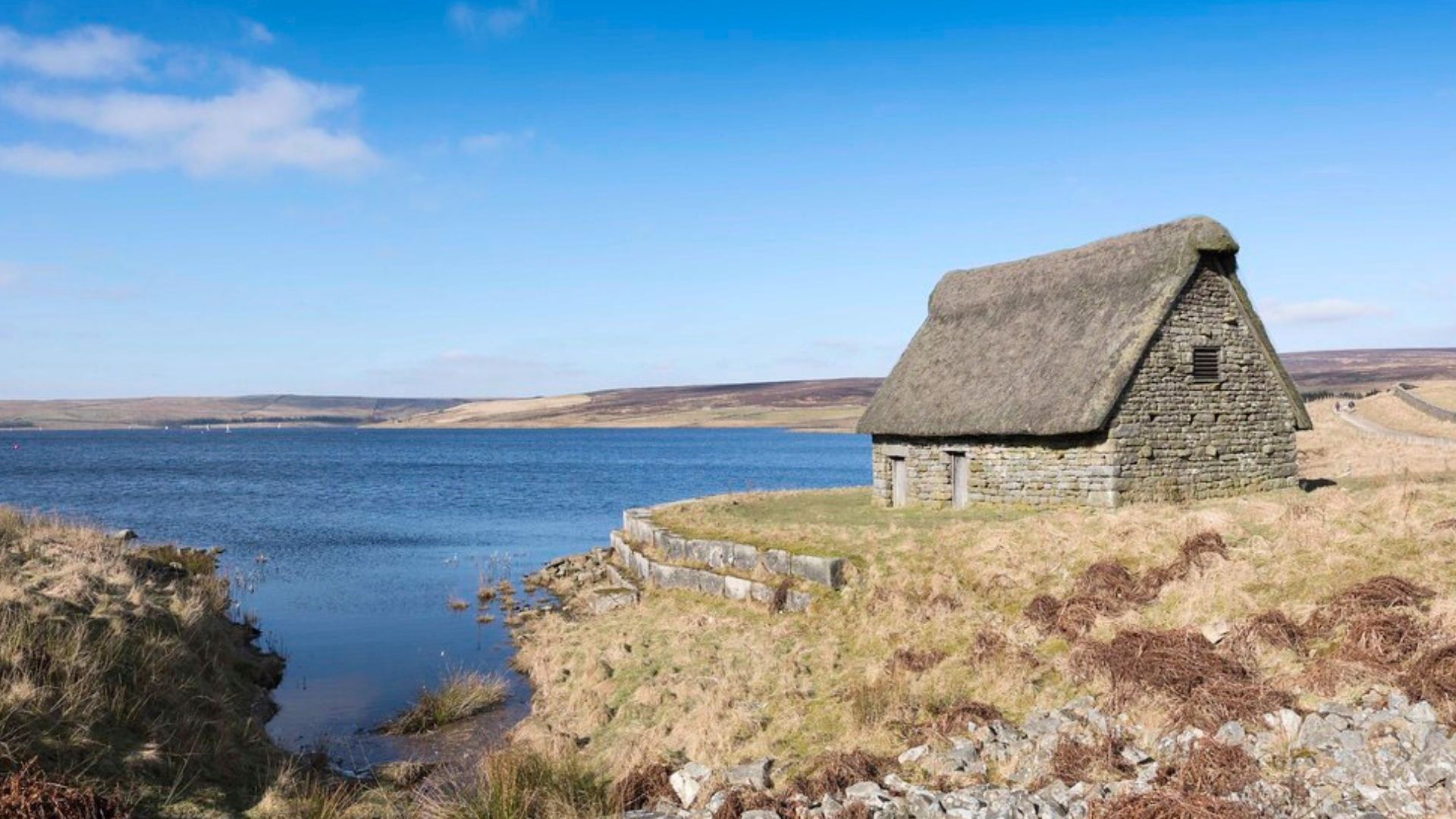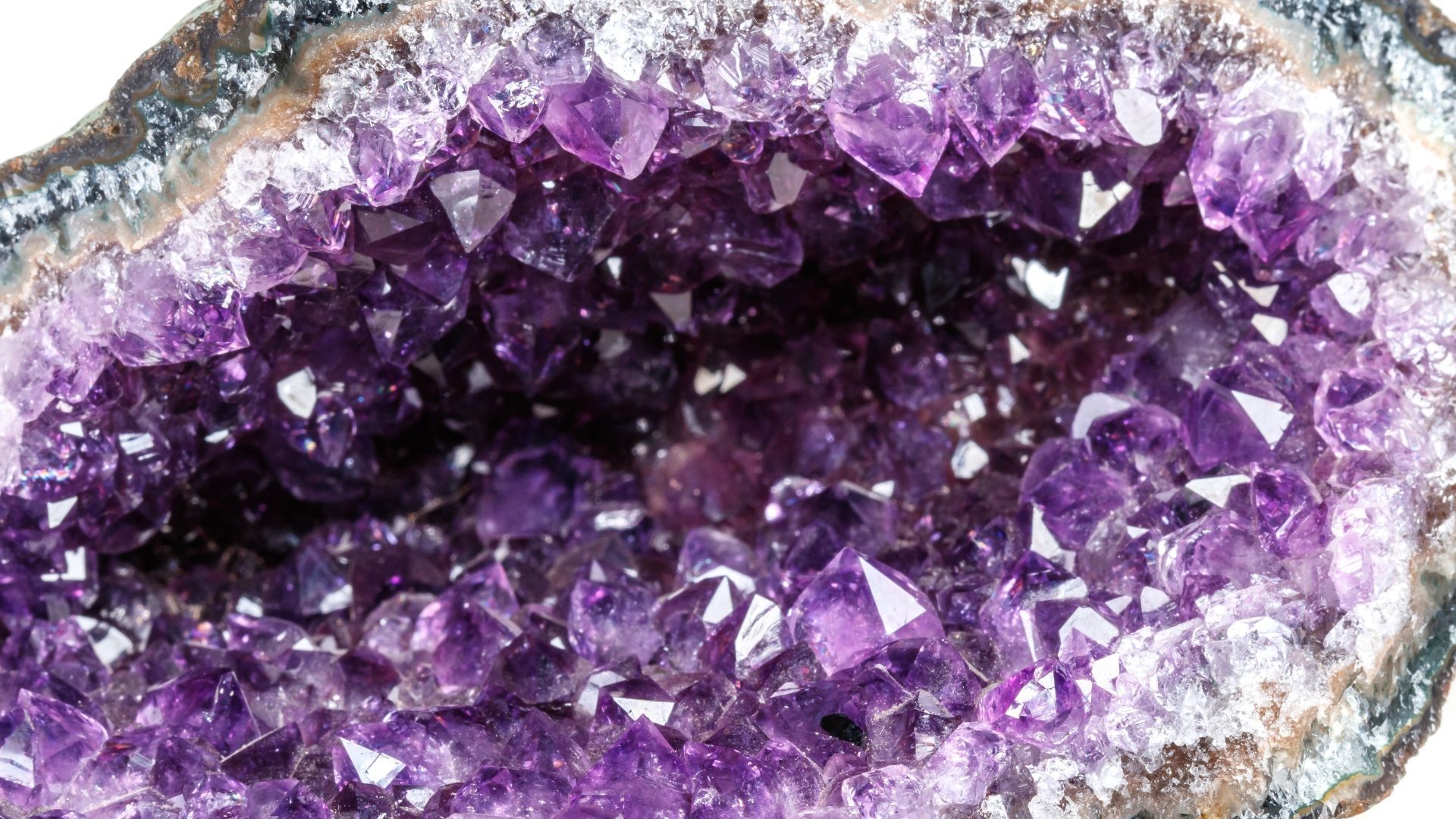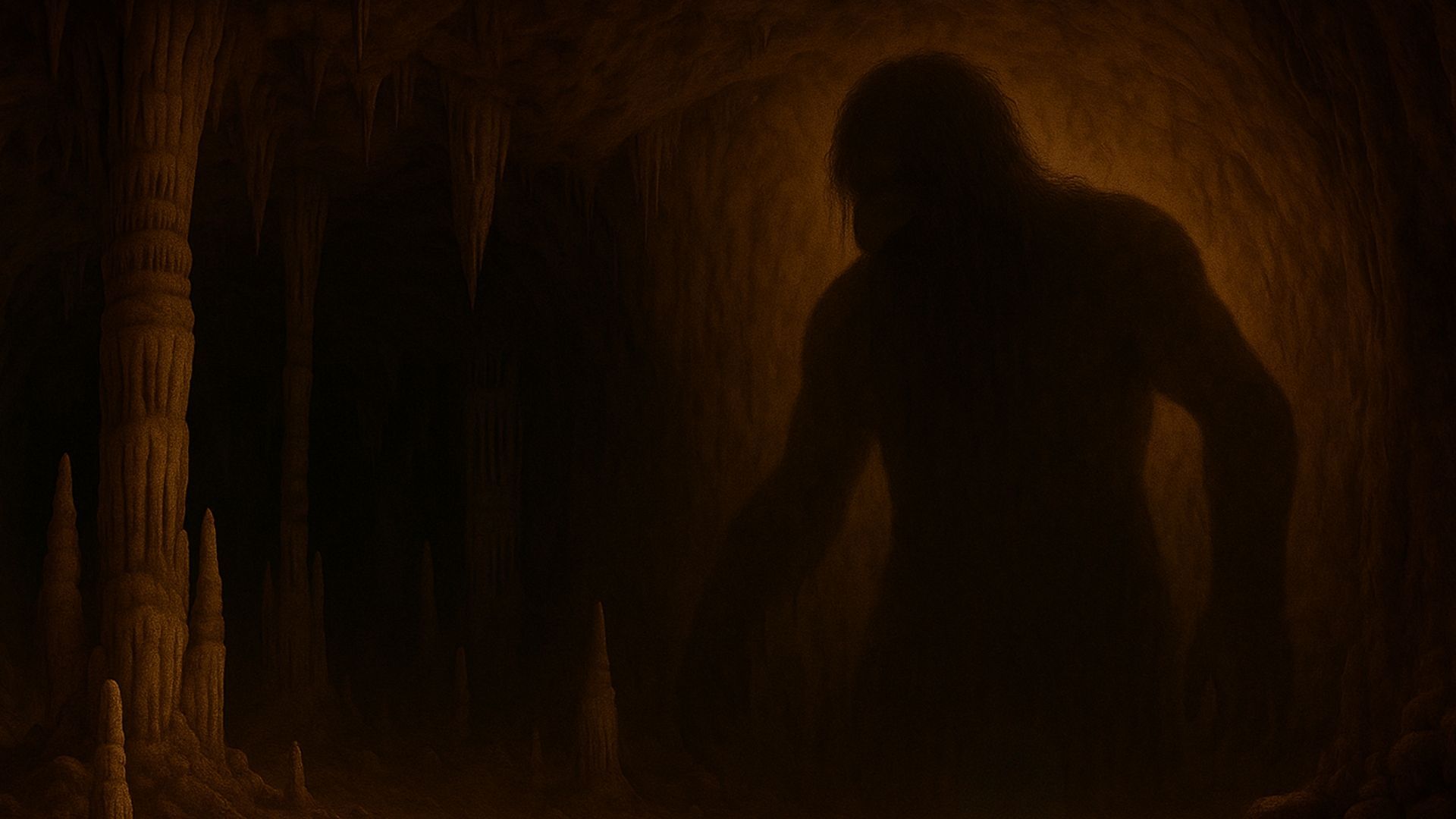Many caves, including Stump Cross Caverns, remain at a near-constant temperature. Find out why.
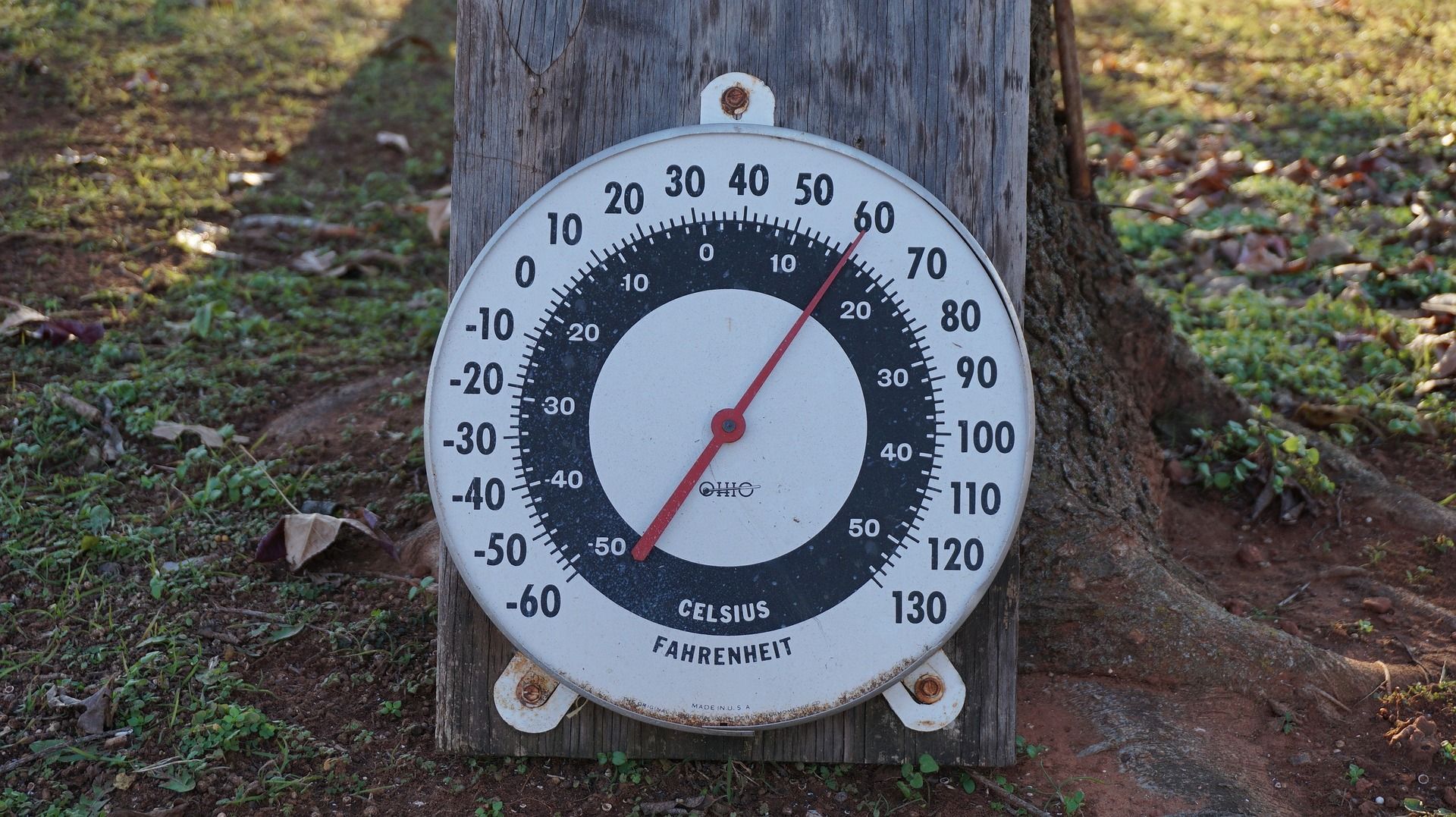
At Stump Cross Caverns, we're always happy when visitors come for a return visit. Though we say it ourselves, there's simply too much to take in on a single trip!
If you come more than once at different points of the year, you might notice a curious thing. The temperature in the caves is largely the same, whether it's the height of summer or the icy depths of winter. While there are tiny temperature fluctuations, you can expect them to be in the region of 7°C (44.5°F), all year round.
This odd phenomenon is thanks to the heat-transmitting properties of rock – and it applies, more or less, to caves of all shapes and sizes in all parts of the world.
Want to find out more? In this article, we take a look at the temperature of caves, along with a warm invitation to cool off at Stump Cross this summer.
Do caves have a constant temperature?
It's often said that caves have a constant temperature – and while this statement isn't entirely incorrect, it would set the
QI klaxons ringing.
The misconception is based on the fact that rock is a slow transmitter of heat. The surface temperature takes a long time to reach the cave – and by the time it gets there, it's about the same as the average surface temperature.
That said, changes do occur – especially in bigger caves. The degree of change depends on the size and number of entrances. If the cave has a single entrance, the temperature is likely to be near-constant. But if outside air is entering at multiple points, it can fluctuate.
What are ice caves?
Here at Stump Cross, we can count on a constant seven degrees Celsius. Some caves get much colder – ice caves, for example.
These are natural caves that contain a large amount of perennial (year-round) ice. They're filled with ice structures that look like stalactites, stalagmites, ice lakes and glaciers.
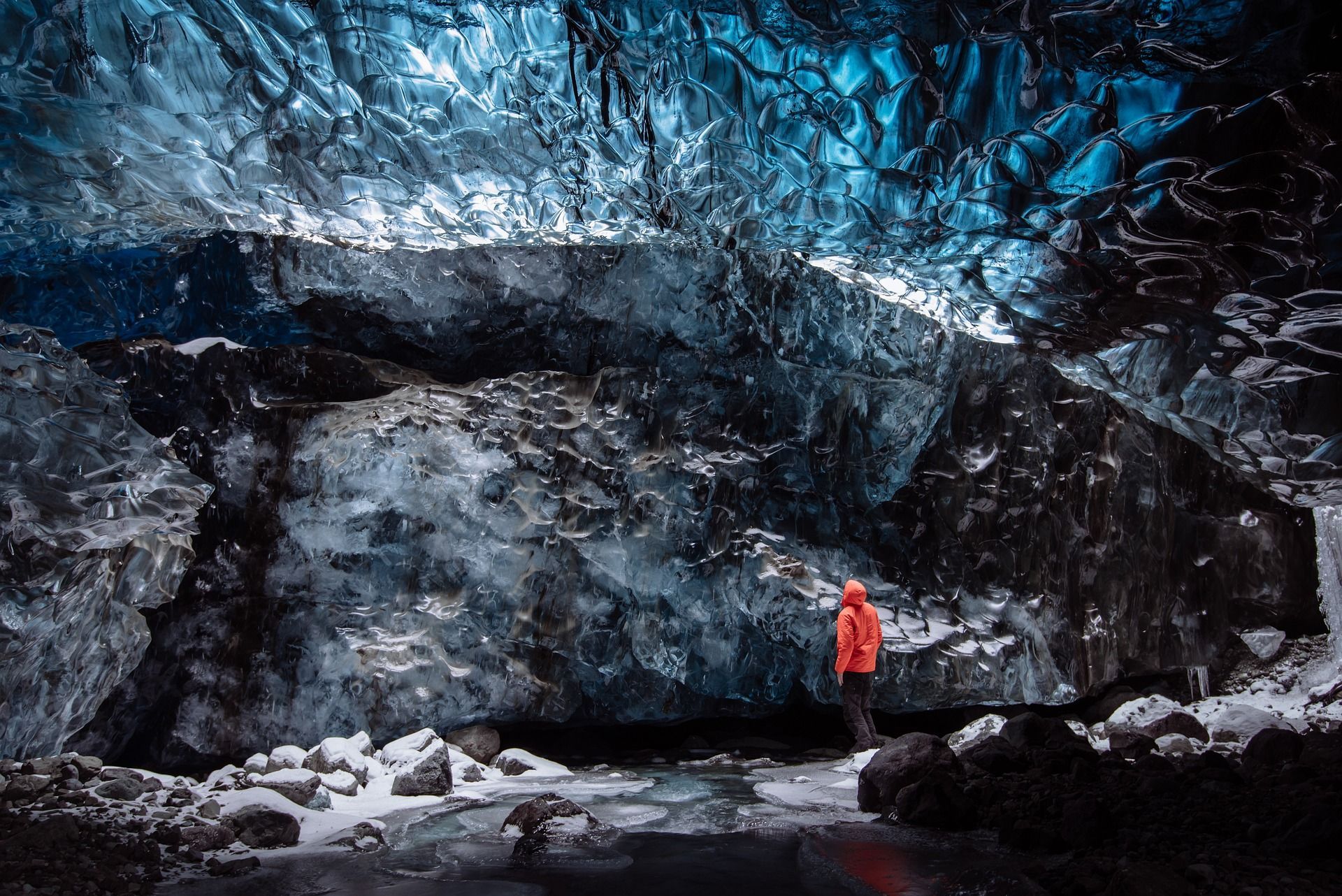
However, not all ice caves are the same. Geologists split them into two broad categories: glacier ice caves and rock ice caves.
Glacier ice caves form inside glaciers. Unlike rock caves, they're constantly changing. Each year, they re-form, sometimes in the same location and sometimes elsewhere entirely.
Rock ice caves, by contrast, are rock caves that are filled with ice from top to bottom. They tend to last for longer than the constantly forming and re-forming glacier ice caves.
As you'd expect, it can get pretty chilly down there. Even in summer, visitors to ice caves are advised to wear heavy jackets, scarves, gloves and thermal underwear.
It's also important to note that a trip to an ice cave is very much not a DIY affair. You should always go with an experienced guide to ensure your safety.
Iceland is famous for its ice caves, but you can find them all around the world – from Alaska to Japan, from Switzerland to Russia.
The curious case of Kents Cavern
In Torquay, Devon, there's a system of caves that dates back to the early Pleistocene period. That's somewhere between two and a half and half a million years ago.
Kents Cavern has a rich history. Once living quarters for prehistoric men and women (and Ice Age animals!), the caves are now a thriving tourist attraction.
A curious feature of Kents Cavern is not just its constant temperature, but also the fact that the temperature is so mild. It's 14°C (58°F) all year round – and has been for hundreds of thousands of years.
Many caves make great cooling-off spots in summer. But Kents Cavern is unusual in being somewhere to keep warm in winter!
It's no surprise, then, that the caves provided habitation for prehistoric men and women. Claire Rogers, who manages the cavern, puts it like
this:
"Our ancient ancestors took full advantage of [the temperature] during previous Ice Ages. In the cave, we've found charcoal remains of fire, prehistoric shell torches, flint hand axes, bone needles and antler spear points, alongside bones of mammoth, sabre-toothed cats and hyenas and everything you'd expect in a Stone Age home."
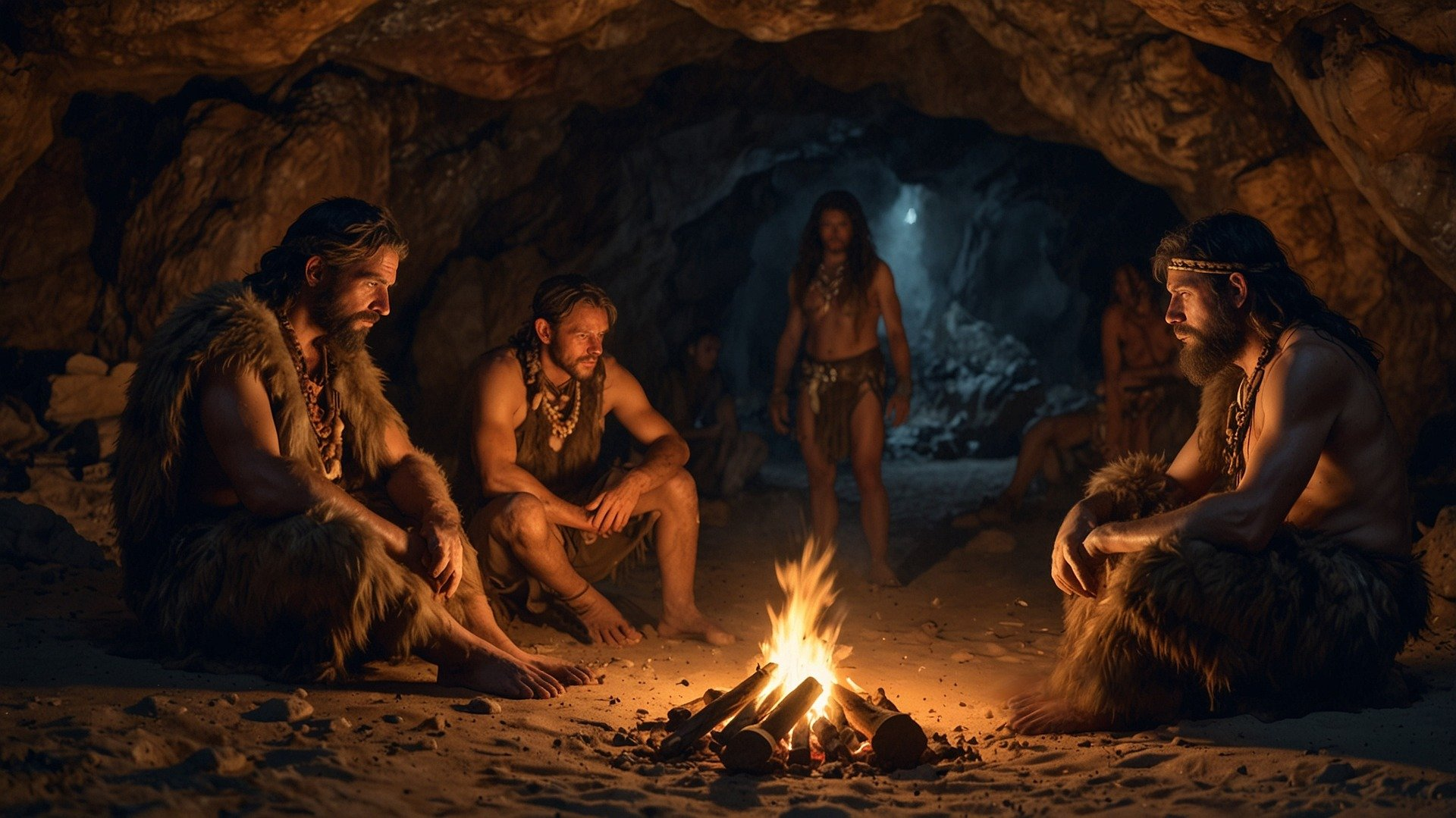
She even goes so far as to claim that in winter, "Britain's oldest home is probably the warmest outdoor place in Britain!"
At this point, you might be wondering why the caves are so warm. The answer is their location. Torquay is famous for its mild microclimate – so much so that it's sometimes called "the English Riviera".
Want to escape the summer heat?
When the mercury is rising, some people head for the beach – but others want to find a place to cool their boots.
Travel agents will tell you to hop on the plane to Iceland or beyond. But there are plenty of places you can visit to escape the summer heat right here in the UK.
Why not take a walk in the cool shade of a forest? Living in the city is no excuse – after all,
99% of the British population lives within an hour's drive of a forest.
Closer to home, you can take refuge under a tree canopy in the park or the awning of a cafe. You could get your skates on and take a turn around the ice rink.
Or why not take a trip to Stump Cross Caverns, where the caves are cool all year round? If the heat is getting to you, what could be better than cooling off amid the intricate, ancient splendour of our rock formations?
Whenever you come, you can expect a temperature of 7°C (44.5°F). Make sure to wrap up warm unless you want to feel the cold. Because of the uneven surfaces in the chambers and passageways, you should also wear sensible footwear – we're talking trainers, wellies or walking boots.
Whatever time of year, you can expect geological treasures, a calendar of unique events and, above all, a warm Yorkshire welcome. See you in the caves!
Looking for an unforgettable day out in the Yorkshire Dales?
Book for Stump Cross Caverns today or check out our calendar of
fun activities in Yorkshire.

